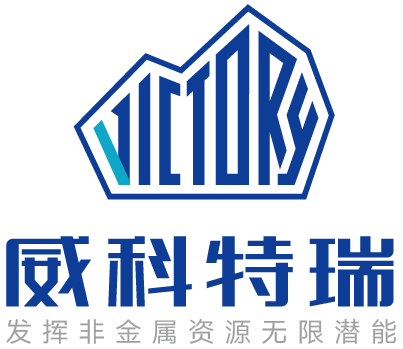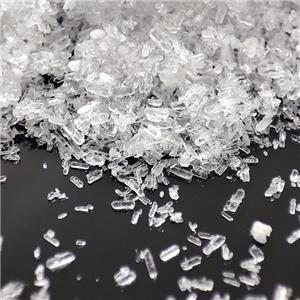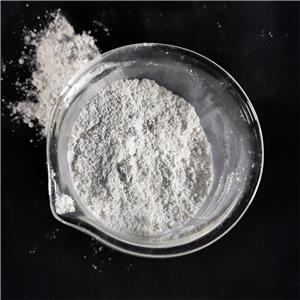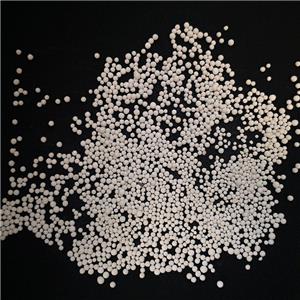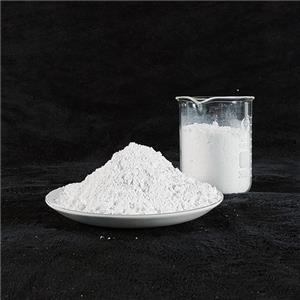The future trend of magnesium hydroxide
1. Driven by the Environmental Protection Industry: Its position as a highly effective environmental remediation agent is consolidated.
This is currently magnesium hydroxide's most promising growth area.
Wastewater Treatment:
Advantages: Compared with traditional alkaline agents (such as calcium hydroxide and sodium hydroxide), magnesium hydroxide offers significant advantages, including stable pH buffering (approximately 9.0), low corrosiveness, excellent flocculation, high heavy metal removal rates, and no "alkali scale" formation.
Trends: Under stricter environmental regulations, particularly those restricting heavy metal and phosphorus emissions, magnesium hydroxide will gradually replace traditional agents in the treatment of acidic, heavy metal wastewater in industries such as mining, electroplating, and battery manufacturing, and market demand is expected to continue to grow.
Flue Gas Desulfurization:
Advantages: Magnesium hydroxide desulfurization offers high desulfurization efficiency, simple equipment, low investment and operating costs, and resource-recyclable byproducts (magnesium sulfate).
Trends: In flue gas treatment for small and medium-sized boilers and industrial kilns, the magnesium hydroxide method is becoming increasingly competitive compared to the limestone-gypsum method due to its economic efficiency and byproduct value. As China deepens its focus on flue gas treatment in non-electrical industries (such as steel and ceramics), its market potential will further expand.
Soil remediation:
It can be used to neutralize acidic soils while simultaneously immobilizing heavy metal ions in the soil, reducing the risk of their migration into plants.
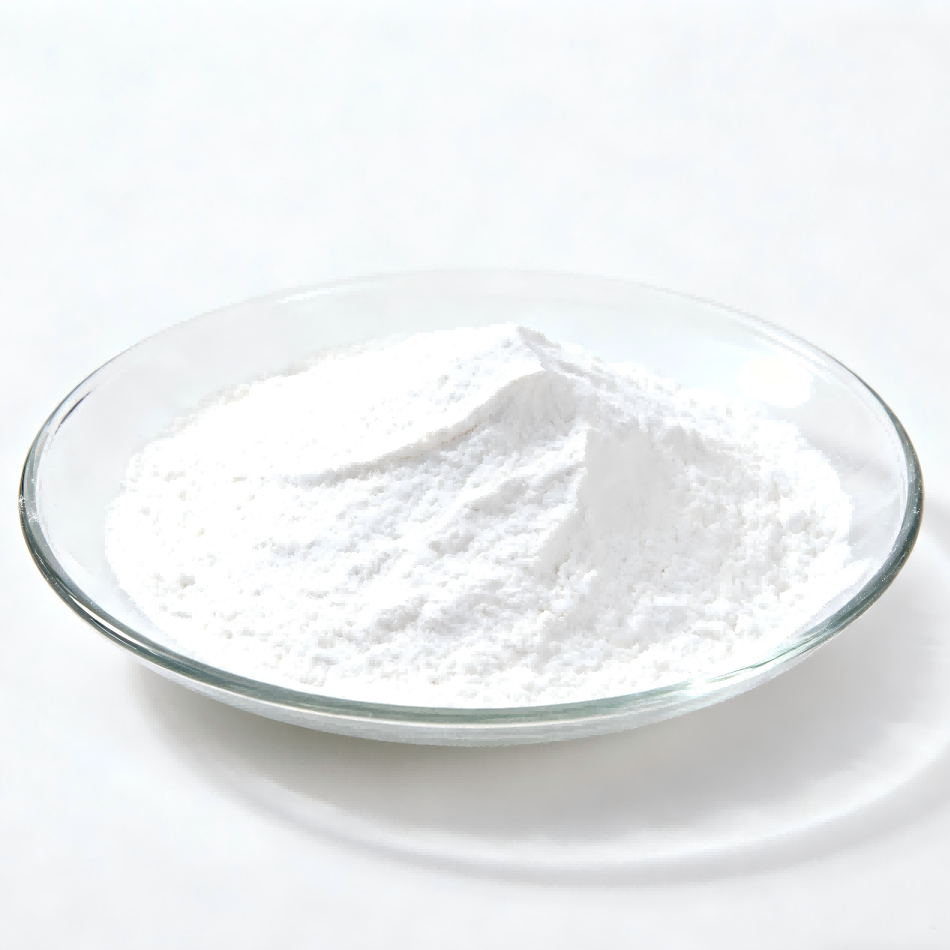
2. Flame retardant market: A core material for the transition to high-end, halogen-free products
This has traditionally been an area of strength for magnesium hydroxide, but it is undergoing profound changes.
Halogen-free trend: Global requirements for the safety and environmental performance of flame retardant materials are becoming increasingly stringent. EU regulations such as RoHS and REACH restrict the use of halogenated flame retardants. Magnesium hydroxide, as a non-toxic, smoke-suppressing, and environmentally friendly inorganic flame retardant, is an ideal alternative.
High performance:
Ultrafine: Ordinary magnesium hydroxide has low flame retardant efficiency and requires a high filler content, which can affect the mechanical properties of the substrate. The future trend is to develop magnesium hydroxide with nanoscale, flake, or special whisker morphologies, achieving better flame retardancy with reduced addition levels.
Surface modification: Surface treatment of magnesium hydroxide using coupling agents such as silanes and titanates improves its compatibility with polymer matrices (such as plastics and rubbers). This maintains flame retardancy while preserving or even improving the material's mechanical properties.
Trend: Future competition in the flame retardant market will be driven by the combination of surface modification and synergistic composite technologies. Developing highly effective flame-retardant systems formulated with aluminum hydroxide, carbon nanotubes, montmorillonite, and other materials is a key research direction.
